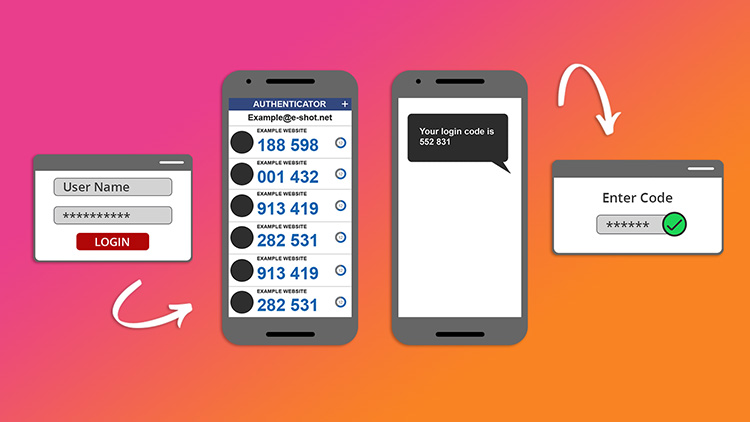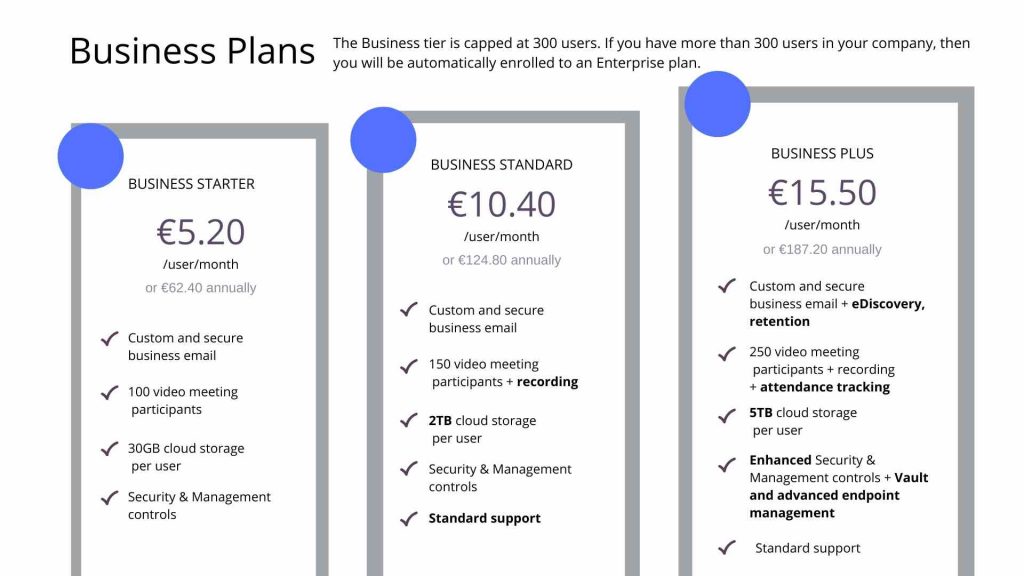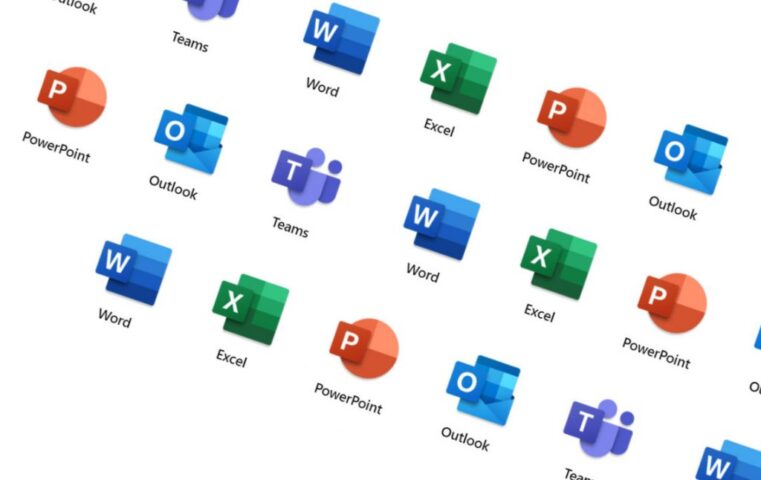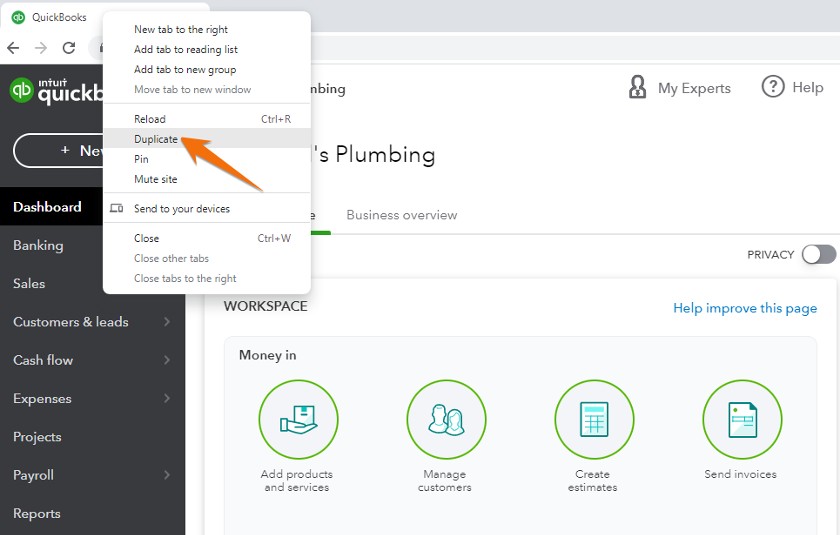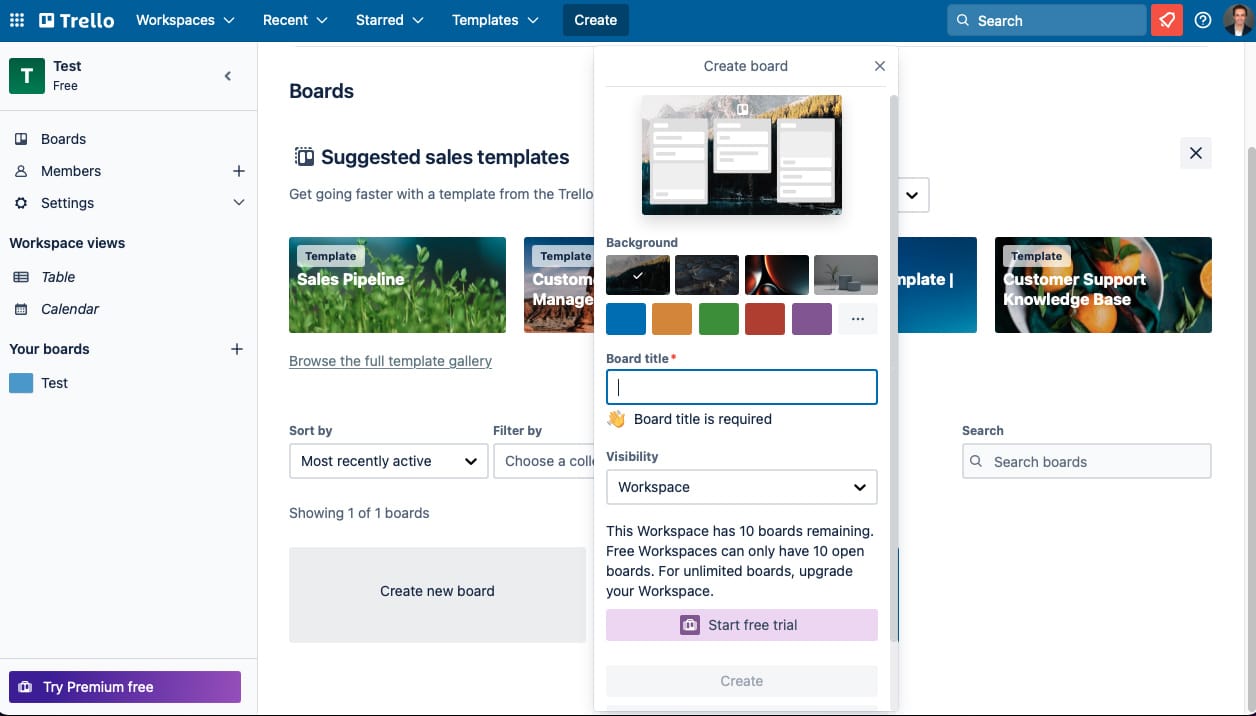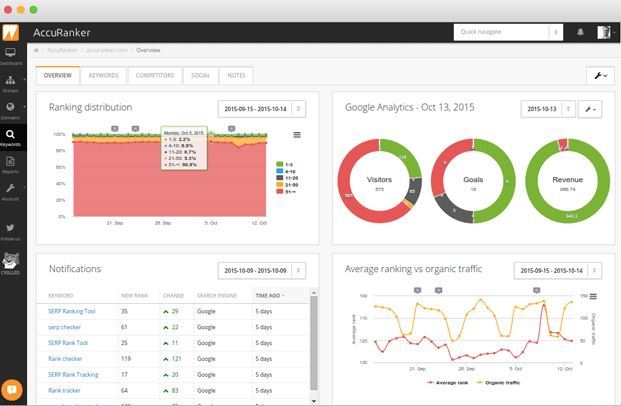
Published: Dec 1, 2024
How to Start a Thriving Online Business in 2025: Your Ultimate Guide
How to Start a Thriving Online Business in 2025: Your Ultimate Guide
Hey there, future digital mogul! I’ve been in the online business game for years, and let me tell you, it’s been one wild ride. From late-night coding sessions to celebrating my first big sale, I’ve seen it all. Now, I’m here to help you navigate the exciting (and sometimes scary) world of online entrepreneurship. Ready to turn your digital dreams into cold, hard cash? Let’s dive in!
TLDR: What's the first step to starting an online business in 2025?
1️⃣ What’s the best online business idea for 2025?
The best online business idea depends on your skills and interests. Popular options include e-commerce stores, digital marketing services, and online courses. Choose something you’re passionate about and that has market demand.
2️⃣ How much money do I need to start an online business?
You can start some online businesses with as little as $100-$500 for basic tools and hosting. However, having a cushion of $1,000-$5,000 can give you more options and a better chance of success.
3️⃣ What skills do I need to run an online business?
Key skills include digital marketing, basic web design, customer service, and time management. Don’t worry if you’re not an expert in all areas - you can learn as you go or outsource certain tasks.
Table of Contents
- Choosing Your Online Business Idea
- Setting Up Your Digital Shop
- Managing Your Online Business
- Scaling Your Digital Empire
- Building Your Online Presence
- Navigating Online Business Challenges
Choosing Your Online Business Idea
Picking the right online business idea is like finding the perfect pair of shoes - it’s gotta fit just right and take you where you want to go. Let’s explore some hot options for 2025 and figure out which one might be your ticket to digital success.
E-commerce: Selling Products Online
E-commerce is booming, and it’s not slowing down anytime soon. Here are some popular niches to consider:
-
- Pro: Low upfront costs, no inventory management
- Con: Lower profit margins, less control over product quality
-
- Pro: Great for creative types, easy to get started
- Con: Competitive market, need to stand out with unique designs
-
- Pro: Unique products, high perceived value
- Con: Time-intensive, can be challenging to scale
Digital Services: Selling Your Skills
Got skills? There’s probably someone out there willing to pay for them. Check out these in-demand services:
-
- Pro: Flexible schedule, wide range of topics
- Con: Can be feast or famine, need to constantly find new clients
-
- Pro: High demand, creative work
- Con: Requires technical skills, can be competitive
-
- Pro: Diverse tasks, work with various industries
- Con: Can be lower-paying initially, need excellent organization skills
Content Creation: Building an Audience
Creating content can be a blast, and if you do it right, it can also be lucrative:
-
- Pro: Huge potential audience, multiple revenue streams
- Con: Takes time to build a following, need to be comfortable on camera
-
- Pro: Growing medium, can build a loyal audience
- Con: Requires consistent content creation, may need some tech know-how
-
- Pro: Low startup costs, can be paired with other business models
- Con: Takes time to build traffic, requires regular content updates
Identifying Market Opportunities
Now, how do you pick the winner? Here’s my tried-and-true method:
Follow Your Passion (But Be Smart About It) Don’t just chase trends. Pick something you genuinely care about. You’ll need that passion to push through the tough times.
Do Your Research Use tools like Google Trends to see what people are searching for. Check out Amazon Best Sellers to spot product trends.
Solve a Problem The best businesses address a specific need. What frustrates you? Chances are, it bugs other people too.
Test the Waters Before going all-in, try a small-scale version of your idea. Sell a few items on Etsy or offer your services on Fiverr. See what kind of response you get.
Consider Your Skills and Resources Be honest about what you can realistically handle. If you’re not tech-savvy, maybe skip the app development idea (for now).
Real-World Success: Inspiration Station
Let me tell you about my buddy, Sarah. She was working a soul-crushing 9-to-5 when she decided to start selling her quirky pet portraits online. She started small on Etsy, but now she’s got her own website and is making more than she ever did at her old job. The best part? She gets to hang out with her dog all day while she paints.
Another friend, Mike, turned his passion for vintage watches into a thriving YouTube channel. He started by reviewing his own collection, and now brands send him watches to feature. He’s even launched his own line of watch straps.
The point is, there’s no one-size-fits-all answer. Your perfect online business idea is out there - you just need to find it and run with it. So, what’ll it be? Are you ready to turn your passion into profit?
Setting Up Your Digital Shop
Alright, let’s get your digital storefront up and running! I remember when I first started out, I was so excited to launch my online business that I almost forgot to buy a domain name. Don’t worry, I’ve got your back. We’ll walk through this step-by-step.
Choosing Your Domain Name
Your domain name is like your digital address. It’s gotta be memorable and easy to type. Here are some tips:
-
- Aim for something under 15 characters if possible
- Avoid hyphens and numbers (they’re hard to remember)
Make it relevant to your business
- Think keywords that describe what you do
- But don’t get too specific (you might want to expand later)
Check availability
Building Your Website
Now for the fun part – creating your actual website. You’ve got a few options here:
DIY Website Builders
These are great if you’re on a budget and not too tech-savvy:
-
- Super user-friendly with drag-and-drop design
- Lots of templates to choose from
-
- Known for beautiful, minimalist designs
- Great for portfolios and simple e-commerce
-
- More flexible, but has a steeper learning curve
- Tons of plugins for added functionality
E-commerce Platforms
If you’re selling physical products, these platforms are built for you:
-
- My personal favorite for e-commerce
- Easy to use with built-in payment processing
-
- Great for scaling businesses
- Robust features for inventory management
-
- A plugin for WordPress
- Good if you want more control over your site
Setting Up Payment Processing
You gotta get paid, right? Here are some popular payment gateways:
-
- Widely recognized and trusted
- Easy to set up, but fees can be high for small transactions
-
- Developer-friendly with great documentation
- Supports a wide range of payment methods
-
- Good for businesses that do both online and in-person sales
- Offers additional tools like invoicing and appointments
Securing Your Site
Don’t skimp on security! Protect your business and your customers with:
-
- Encrypts data between your site and visitors
- Many hosts offer free SSL through Let’s Encrypt
-
- Adds an extra layer of security to your login
- Use an app like Authy for easy setup
Regular Backups
- Use a service like UpdraftPlus for WordPress
- Most e-commerce platforms have built-in backup tools
Setting Up Business Email
Look professional with a custom email address:
-
- Uses Gmail’s interface but with your domain
- Includes other useful tools like Google Docs and Calendar
-
- Good if you’re used to Outlook
- Comes with desktop versions of Office apps
My Personal Experience
When I started my first online store selling vintage band tees, I went with Shopify. It was a bit pricier than some other options, but man, it saved me so much headache. I remember staying up until 3 AM trying to figure out how to add a “New Arrivals” section to my homepage. Thank goodness for their 24/7 support chat!
For payment processing, I started with PayPal because it was easy to set up. But as my business grew, I switched to Stripe. The fees were a bit lower, and it gave me more control over the checkout process.
One thing I wish I’d done sooner? Set up that business email. I was using my personal Gmail for way too long, and it definitely didn’t scream “professional.” When I finally got myname@mybusiness.com myname@mybusiness.com myname@mybusiness.com, it felt like a real leveling up moment.
Remember, setting up your digital shop is just the beginning. It might feel overwhelming at first, but take it one step at a time. Before you know it, you’ll be open for business and ready to take on the world. Let’s do this!
Managing Your Online Business
Running an online business is like juggling while riding a unicycle - exciting, but it takes practice to get it right. Let’s break down the key areas you’ll need to master to keep your digital empire humming along smoothly.
Customer Service: Your Secret Weapon
Great customer service can turn a one-time buyer into a loyal fan. Here’s how to nail it:
-
- Use this to manage customer inquiries across multiple channels
- Set up automated responses for common questions
Response Time is Everything
- Aim to reply within 24 hours, even if it’s just to say you’re working on their issue
- Use templates for common responses, but personalize them
Go Above and Beyond
- Remember that time I sent a hand-written thank you note with an order? The customer loved it so much, they shared it on social media. Free advertising!
Inventory Management: Keep Those Shelves Stocked
If you’re selling physical products, staying on top of inventory is crucial:
-
- Their built-in inventory management system is a lifesaver
- Set up low stock alerts to avoid disappointing customers
-
- Great for visual inventory tracking
- Perfect if you’re storing products at home or in a small warehouse
Just-In-Time Inventory
- Don’t tie up all your cash in stock
- Start small and scale up as you learn your sales patterns
Financial Planning: Show Me the Money
Keeping your finances in check is key to long-term success:
-
- Easy to use for non-accountants like us
- Integrates with most e-commerce platforms
Separate Business and Personal
- Open a business bank account ASAP
- Use a business credit card for all expenses
Plan for Taxes
- Set aside 25-30% of your profits for taxes
- Consider hiring an accountant as you grow
Analytics: Data is Your Friend
Understanding your numbers can help you make smarter decisions:
-
- Free and powerful
- Learn where your traffic is coming from and what pages are most popular
-
- See how users interact with your site
- Use heatmaps to optimize your layout
Email Marketing Metrics
- Track open rates and click-through rates
- A/B test your subject lines and content
Time Management: Work Smarter, Not Harder
Running an online business can be all-consuming. Here’s how to stay sane:
-
- Create boards for different aspects of your business
- Use the calendar view to plan your week
Batch Similar Tasks
- Do all your social media posting in one go
- Set aside specific times for email and customer service
Automate Where Possible
- Use tools like Zapier to connect your apps and automate workflows
- Set up automatic invoicing and payment reminders
Real-World Example: My E-commerce Journey
When I started my vintage t-shirt business, I was doing everything manually. I’d spend hours updating inventory, answering emails, and packing orders. It was exhausting!
Then I discovered the power of automation. I set up Zendesk to manage customer service, which cut my email time in half. I used Shopify’s built-in inventory management to keep track of stock levels, and set up low-stock alerts so I never ran out of popular items.
For finances, I started with a simple spreadsheet but quickly outgrew it. Switching to QuickBooks Online was a game-changer. It integrates with my Shopify store, so all my sales and expenses are automatically tracked. Come tax time, I just hand everything over to my accountant (yes, I finally hired one!).
The biggest lesson I learned? You can’t do it all yourself. As soon as I could afford it, I hired a virtual assistant to help with social media and customer service. It freed up my time to focus on growing the business, and my stress levels dropped dramatically.
Remember, managing your online business is a skill that takes time to develop. Be patient with yourself, learn from your mistakes, and don’t be afraid to ask for help when you need it. You’ve got this!
Scaling Your Digital Empire
You’ve got your online business up and running - awesome! But now you’re ready to take things to the next level. Let’s talk about how to scale your digital empire without losing your mind in the process.
Expanding Your Product Line
One of the easiest ways to grow is by offering more of what your customers already love:
-
- Look at your best-sellers and think about complementary products
- Example: If you sell phone cases, consider adding screen protectors or charging cables
-
- Use tools like Google Trends to spot emerging product opportunities
- Don’t be afraid to ask your customers what they want - they’ll often tell you!
-
- Partner with manufacturers to create custom products under your brand
- This can help you stand out in a crowded market
Entering New Markets
Why stop at one country when the whole world is out there?
-
- Translate your website and product descriptions
- Consider cultural differences in marketing and product preferences
-
- Research shipping options and customs regulations
- Start with nearby countries to test the waters
Diversifying Revenue Streams
Don’t put all your eggs in one basket:
-
- Partner with other brands to promote their products
- This can be a great passive income source
-
- Create ebooks, courses, or templates related to your niche
- These have high profit margins and no shipping costs
-
- Offer a subscription box or service for recurring revenue
- This can help smooth out cash flow and increase customer lifetime value
Leveraging Technology
Tech can help you do more with less:
-
- Implement chatbots for 24/7 customer service
- Use AI-powered tools for inventory forecasting
-
- Dive deep into your data to make informed decisions
- Tools like Google Analytics and Hotjar can reveal valuable insights
Building a Team
You can’t do it all alone forever:
-
- Start with part-time help for tasks like customer service or order processing
- Platforms like Upwork can help you find talent
-
- Consider outsourcing specialized tasks like graphic design or content creation
- This lets you focus on high-level strategy and growth
-
- As you grow, don’t forget to build a strong company culture
- Happy employees lead to happy customers
Real-World Success: My Scaling Story
When I started my vintage t-shirt business, I was doing everything from my garage. But as orders started pouring in, I knew I needed to scale up or burn out.
First, I expanded my product line. I noticed a lot of customers were asking about band posters, so I started offering those too. It was an instant hit and boosted my average order value by 30%.
Next, I tackled international shipping. I started with Canada (I’m based in Seattle), and within six months, international orders made up 20% of my sales. Sure, there were some hiccups with customs forms at first, but I learned quickly.
To diversify my revenue, I created a digital product - an ebook on “How to Start a Vintage Clothing Business.” It took a few weekends to write, but now it brings in passive income every month.
The game-changer was hiring help. I brought on a part-time virtual assistant to handle customer emails and social media. It freed up so much of my time that I was able to focus on marketing and partnerships, which led to even more growth.
Remember, scaling isn’t just about getting bigger - it’s about getting smarter. Take it one step at a time, learn from your mistakes, and don’t be afraid to invest in your business. With the right strategy and a bit of hustle, your digital empire can reach heights you never imagined. Let’s make it happen!
Building Your Online Presence
Let’s face it, in today’s digital world, your online presence is everything. It’s how customers find you, trust you, and ultimately buy from you. When I first started out, I thought slapping together a basic website was enough. Boy, was I wrong! Here’s what I’ve learned about building a killer online presence that’ll have customers flocking to your digital doorstep.
Nailing Your Brand Identity
Your brand is more than just a logo - it’s the personality of your business. Here’s how to make it shine:
-
- Are you quirky and fun, or serious and professional?
- Consistency is key - use the same tone across all platforms
-
- Keep it simple and scalable
- I used Canva to design mine - no fancy design skills needed!
-
- Pick colors that reflect your brand’s personality
- Use them consistently across your website and social media
Mastering Social Media Marketing
Social media can be a goldmine for online businesses. Here’s how to make it work for you:
-
- Don’t try to be everywhere - focus on where your customers hang out
- For my vintage t-shirt business, Instagram and Pinterest were goldmines
-
- Mix it up with photos, videos, and text posts
- Use user-generated content - customers love seeing their pics featured!
-
- Research popular hashtags in your niche
- Create a branded hashtag to encourage user-generated content
Leveraging Content Marketing
Content is king, and it’s a fantastic way to attract and keep customers:
-
- Share tips, industry news, and behind-the-scenes peeks
- I wrote a post on “How to Spot Authentic Vintage Tees” that went viral!
-
- YouTube tutorials or product demos can boost engagement
- Don’t stress about perfection - authenticity resonates more
-
- Regular emails keep your brand top-of-mind
- Offer exclusive discounts or early access to new products
Optimizing for Search Engines (SEO)
Getting found on Google can make or break your online business. Here’s how to climb those rankings:
-
- Use tools like Moz to find keywords your customers are searching for
- Incorporate them naturally into your website content
Optimize Your Product Descriptions

- Include relevant keywords
- Make them detailed and unique - no copy-pasting from manufacturers!
-
- Guest post on relevant blogs
- Collaborate with influencers in your niche
Harnessing the Power of Influencer Marketing
Influencers can give your brand a serious boost:
-
- Look for micro-influencers in your niche
- Check their engagement rates, not just follower count
Develop Authentic Partnerships

- Give influencers creative freedom with your products
- Consider long-term partnerships for best results
-
- Use unique discount codes or landing pages to measure results
- Don’t be afraid to cut ties if an influencer isn’t delivering
My Personal Branding Journey
When I started my vintage t-shirt business, my online presence was… let’s say, lacking. My website looked like it was stuck in the 90s (and not in a cool, retro way), and my social media strategy was basically non-existent.
I decided to overhaul everything. I spent a weekend crafting my brand identity - settled on a playful, nostalgic vibe that matched my products. I created a simple logo using Canva and chose a color palette that screamed “vintage cool.”
For social media, I focused on Instagram and Pinterest. I started posting daily - a mix of product shots, styling tips, and behind-the-scenes peeks at how I source my tees. I used hashtags like #VintageTees and #RetroStyle to reach new audiences. Within a few months, my follower count had tripled!
Content marketing was a game-changer. I started a blog on my Shopify store, writing about topics like “The History of Band Tees” and “How to Style Vintage Shirts for Modern Looks.” Not only did this boost my SEO, but it positioned me as an expert in my niche.
Speaking of SEO, I dove deep into keyword research using Moz. I optimized all my product descriptions and even created specific landing pages for popular searches like ”80s rock band tees” and “vintage concert shirts.”
Finally, I dipped my toes into influencer marketing. I found a few micro-influencers who loved vintage fashion and sent them some of my best tees. Their posts generated a ton of buzz and sales. One influencer’s reel featuring my Nirvana tee went viral, and I sold out of that design in 24 hours!
Building a strong online presence takes time and effort, but trust me, it’s worth it. It’s not just about selling products - it’s about creating a community around your brand. So get out there, show your personality, and connect with your customers. Your digital empire awaits!
Navigating Online Business Challenges
Running an online business isn’t all smooth sailing. Trust me, I’ve hit my fair share of icebergs along the way. But don’t worry - with the right strategies, you can navigate these choppy waters like a pro. Let’s dive into some common challenges and how to tackle them head-on.
Cybersecurity: Protecting Your Digital Fortress
In today’s world, data breaches are a real threat. Here’s how to keep your business safe:
-
- Implement a password manager like LastPass
- Use unique, complex passwords for every account
Enable Two-Factor Authentication (2FA)
- Add an extra layer of security to your logins
- I use Authy for all my important accounts
-
- Set up automatic updates for your operating system and software
- This patches vulnerabilities before hackers can exploit them
-
- Train employees on cybersecurity best practices
- Regular phishing simulations can help identify weak spots
Handling Fierce Competition
The online marketplace is crowded, but you can still stand out:
Find Your Unique Selling Proposition (USP)
- What makes your business special?
- For my vintage tee business, it was our hand-picked, authenticated items
-
- Use tools like SEMrush to track competitor keywords and strategies
- Stay ahead by offering something they don’t
-
- Provide stellar customer service
- Personalize interactions - I always include a handwritten note with orders
Managing Cash Flow
Cash flow issues can sink even profitable businesses. Here’s how to stay afloat:
-
- QuickBooks helps me track income and expenses in real-time
- Set up automatic invoicing to improve cash flow
-
- Aim for 3-6 months of operating expenses
- This saved my business during a slow season last year
-
- Don’t rely on a single product or channel
- I added custom printing services to supplement my vintage tee sales
Balancing Work and Life
Burnout is real, especially for entrepreneurs. Here’s how to maintain balance:
-
- Establish work hours and stick to them
- I use the Focus@Will app to boost productivity during work time
-
- You can’t do everything yourself
- I hired a virtual assistant through Upwork to handle customer service
-
- Make time for exercise, hobbies, and relaxation
- Meditation apps like Headspace help me unwind after a long day
Adapting to Rapid Technological Changes
The digital landscape is always evolving. Here’s how to keep up:
-
- Follow industry news on sites like TechCrunch
- Join online communities in your niche - I’m active in several e-commerce forums
-
- Use tools like Zapier to automate repetitive tasks
- This frees up time for strategic thinking and growth
-
- Invest in online courses to upgrade your skills
- I recently took a Udemy course on AI in e-commerce - game-changer!
Dealing with Negative Reviews
Bad reviews happen to everyone. Here’s how to handle them gracefully:
Respond Promptly and Professionally

- Address concerns head-on
- I once turned a 1-star review into a loyal customer by going above and beyond to solve their issue
-
- Use surveys to proactively gather customer feedback
- Implement changes based on constructive criticism
-
- Use a tool like Yotpo to automate review requests
- Showcase positive reviews prominently on your site
Real-World Challenge: My SEO Nightmare
Last year, my vintage tee business hit a major roadblock. Our organic traffic plummeted overnight due to a Google algorithm update. Panic set in as sales dropped by 50%.
Here’s how I tackled it:
Audit and Optimize: I used SEMrush to conduct a thorough SEO audit. Turns out, we had some technical issues and thin content on key pages.
Content Overhaul: I revamped our product descriptions, adding more detailed information about each tee’s history and condition. I also started a blog series on “Iconic Band Tees Through the Decades.”
Technical Fixes: I hired an SEO specialist through Upwork to fix our site’s technical issues, including improving site speed and fixing broken links.
Diversify Traffic Sources: While working on SEO, I doubled down on social media marketing and email campaigns to drive traffic.
It took about three months, but our traffic not only recovered but surpassed previous levels. The lesson? Don’t put all your eggs in one basket, and be ready to adapt when challenges arise.
Remember, every online business faces hurdles. The key is to stay flexible, keep learning, and never lose sight of why you started your business in the first place. With persistence and the right strategies, you can overcome any challenge thrown your way. Now go out there and conquer the digital world!










